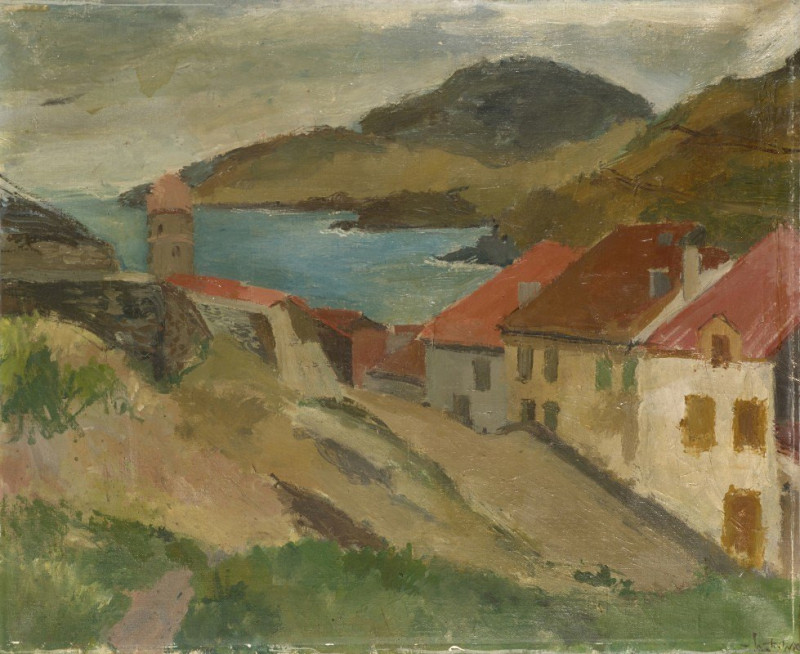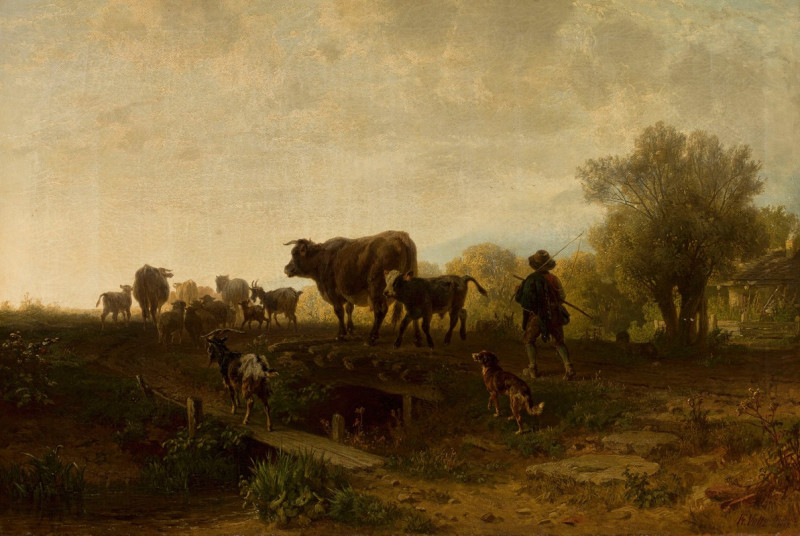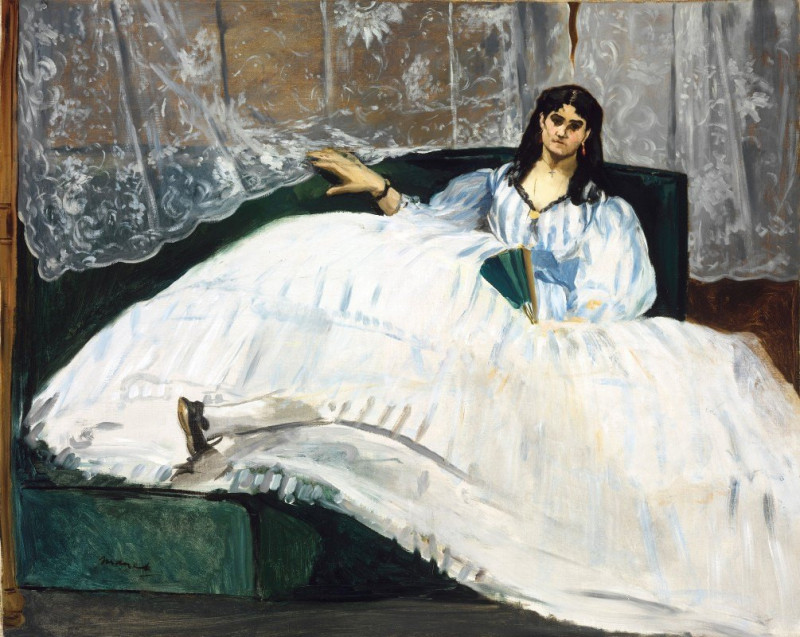Cross Section of a House (1931)
Technique: Giclée quality print
Recommended by our customers
More about this artwork
“Cross Section of a House” (1931) by Walter Kurt Wiemken offers a vivid and multidimensional glimpse into the hidden layers of domestic life, portrayed through a cross-sectional view of a house. This painting presents an intriguing visual narrative spread across several compartments, each telling its unique story, creating a tableau that is both enigmatic and engaging.In the upper left, a stark, almost spectral figure appears, contrasting with domestic scenes of warmth nearby, where figures are depicted in a marriage ceremony. Below this, a stark contrast is presented with a macabre scene portraying figures in monk-like attire around a body, intertwining themes of mortality and spirituality.Adjacent to this is a Christmas scene, complete with a decorated tree and a figure that appears to be preaching to an attentive crowd, further infusing the work with a sense of ritual and celebration. Beneath these festive and solemn moments, another layer depicts what seems to be a meat locker, a reminder of primal human needs and desires.At the lower levels, we see a more public space where individuals in dark overcoats walk against a backdrop of a snowy scene, suggesting a communal or social dimension outside the private layers above.This complex and layered portrayal uses a kaleidoscope of human activities and emotions, encapsulating the depth and variety of experiences within the walls of one house. Wiemken’s use of contrasting imagery and themes invites viewers to contemplate the multifaceted nature of human existence, all within the commonplace setting of a home.
Delivery
Returns
Walter Kurt Wiemken was a Swiss painter.
Walter Kurt Wiemken was born in 1907. In Basel to German parents, 1898. who have acquired Swiss citizenship. At the age of four months, he contracted polio severely, which left him disabled for life. He lived in his parents' house until his death, where he also established his art studio. His father had a lithography business.




































